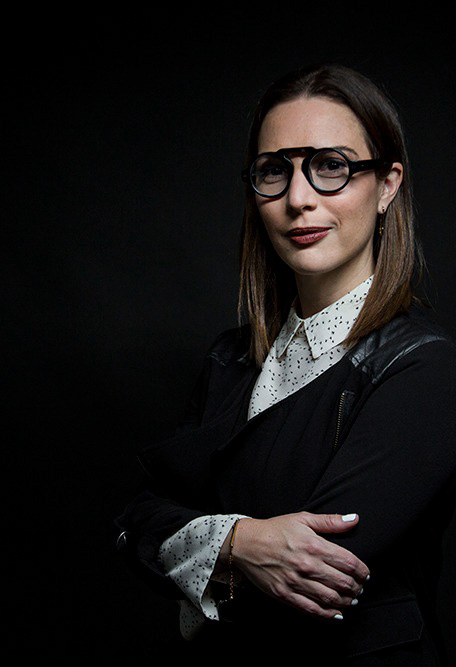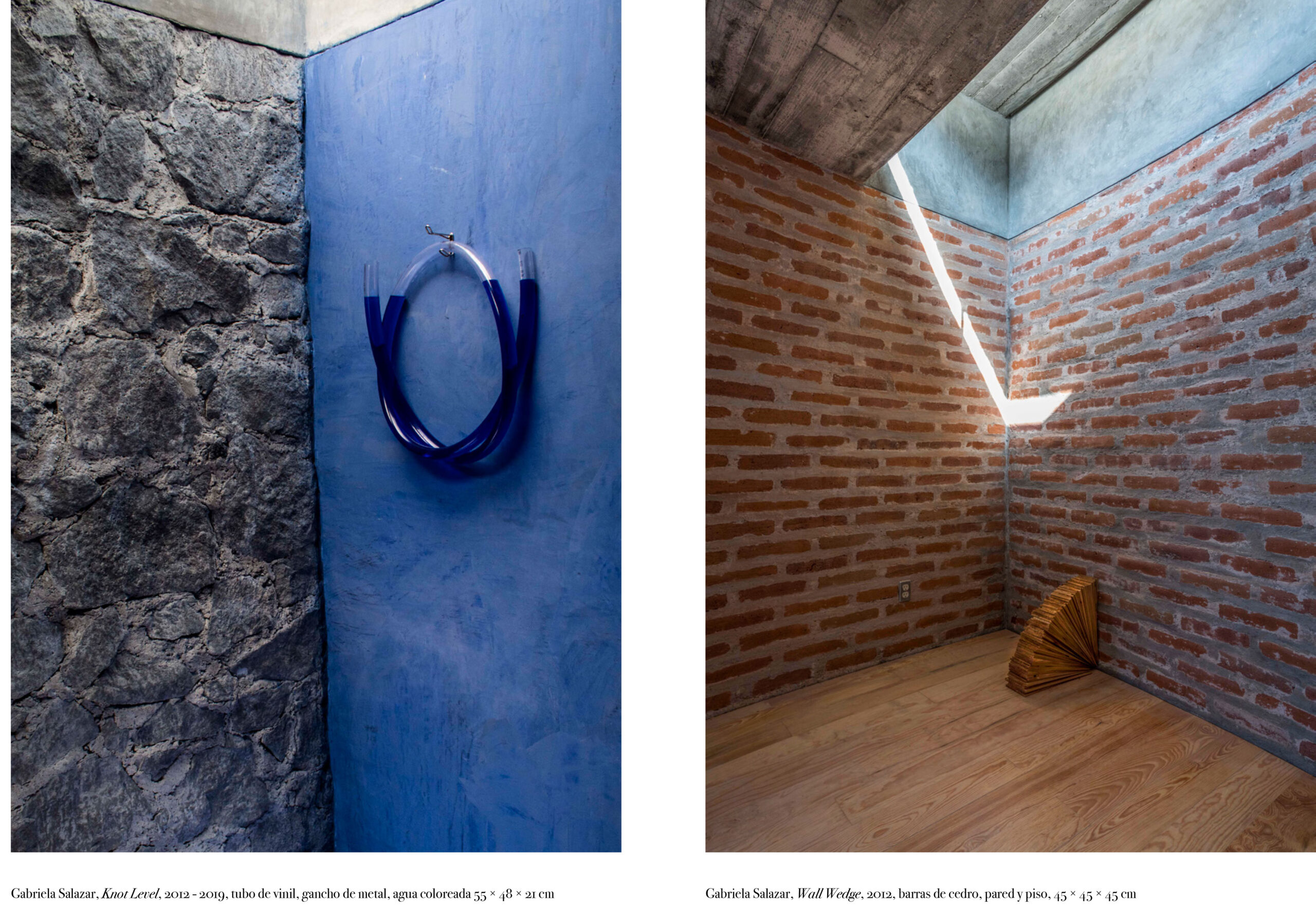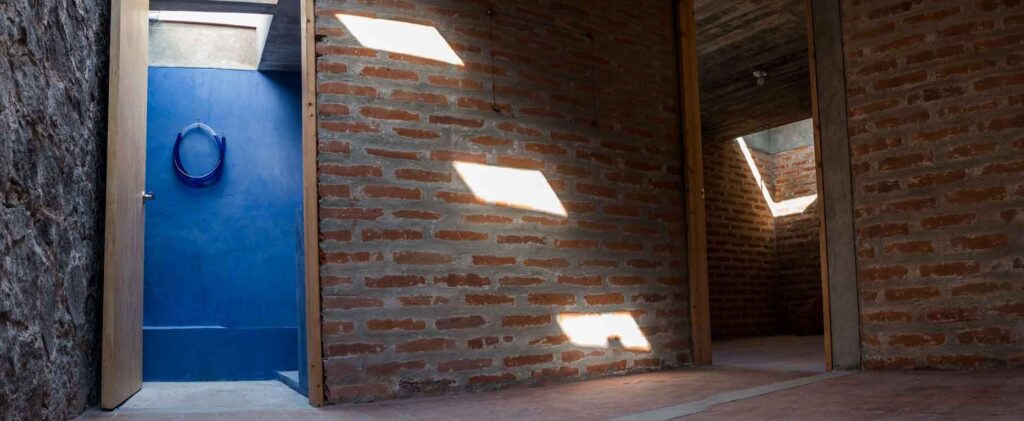ART.DOC
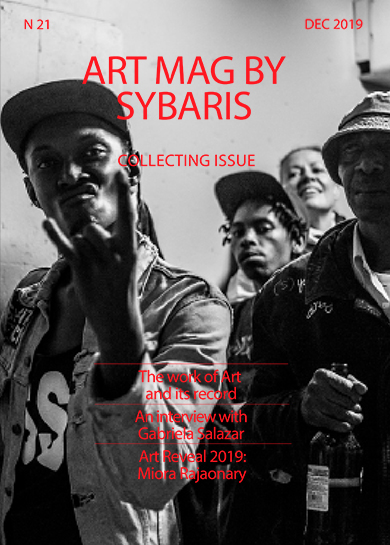
With our new issue of Art Magazine we inaugurate a new stage in Sybaris Collection. Following the sybarite spirit (a person with refined tastes who has access to exclusive services and products), the porpoise of Sybaris is redefine yes, the concept of luxury but mainly, the one of the pleasure.
Get bi-monthly reports with the most outstanding works and artists of the art market. Make the best buying and selling decisions based on our reports.
| THE WORK OF ART AND ITS RECORD | 04 |
| AN INTERVIEW WITH GABRIELA SALAZAR | 08 |
| THE GROWTH OF AFRICAN ARTISTS IN 2019 | 16 |
| ART REVEAL 2019: MIORA RAJAONARY | 22 |
To document as defined by the Cambridge dictionary is the act “to record the details of an event or a process”. How is this connected to arts? At first sight, the question may sound evident. The natural answer would be, writing the records of an artwork, which to me sound like making catalogues. Yet, after Walter Benjamin’s work The work of Art in the Age of Mechanical Reproduction published in 1936, the question follows other directions. As a brief reminder, with the rise of photography, Benjamin anticipated fundamental questions to think around an Artwork in the modern world regarding their properties, historicity and uniqueness, which are still in debate today. Those issues came across me recently, when I had to present an exhibition through the photography’s of pieces we had installed before in other walls. What are the properties of an artwork, (if any…)? How does a piece changes from wall to wall? What happens when an artwork is seen through its records? This issue is dedicated to think around those questions and its purpose is to share what we have discovered recently about it. It also includes our Art Reveal of this year 2019, Miora Rajaonary, a photographer, whose work is deeply engaged with documentary photography in Africa. Art.doc: The art of documenting; the document of an artwork; and an artist that documents, to close a year, that for the record, was great!
Attentively,
Regina de Con Cossio
Editor
IN 1962 AN ART COLLECTOR BOUGHT YVES KLEIN a work that only he and the artist knew: when he finished reading the paper that contained the work, the collector broke it and set it on fire. Klein, meanwhile, threw half of the gold coins he had received in return to the Seine River. The work of art materialized for a few moments, vanished in seconds. And of it only one record remained.
From that moment, various museums exhibited this work in different ways. One of them placed blank boxes. Another, put in place a written explanation that detailed the work. In 2017 the MUAC of Mexico City showed a photographic series that documented the moment and, its curator, Cuauhtémoc Medina, mentioned that with that gesture Klein inaugurated art that is no longer based on an object but on an idea.
When we visit a museum or a gallery of contemporary art, many of the times we face photographs, videos or other documents that, apparently, only record a work of art. But in recent years contemporary art has taught us that the piece is not exclusively what is in the museum, but also the research behind it, its work process and, of course, its documentation.
Recording a work of art does not refer exclusively to documenting an event. By printing an event on an image or finding its resonance in a voice, the work of art takes on new forms. The content is transformed in proportion with the form does. On the other hand, the viewer is involved in a two-movement process. At first, he observes a series of records that transport him to an artistic practice. And be seduced by it. Upon returning, those same records acquire a different value.
However, the artwork has not ended there. The record is integrated into the memory of the viewer, in the sense of Kierkegaard: memory is repetition, some of the past is presented again in the present. Without repetition we could not recognize anything. Memory surrounds the present as a ghost of the past, a double what it was, happening again in a present expanded. Thus, the viewer will not know what new form the artwork will acquire in his future, because it has already become part of his unconscious.
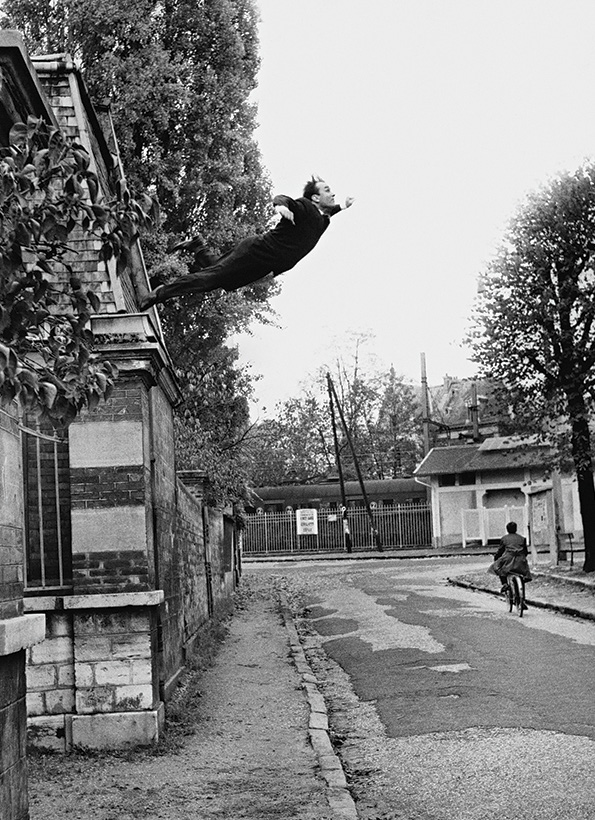
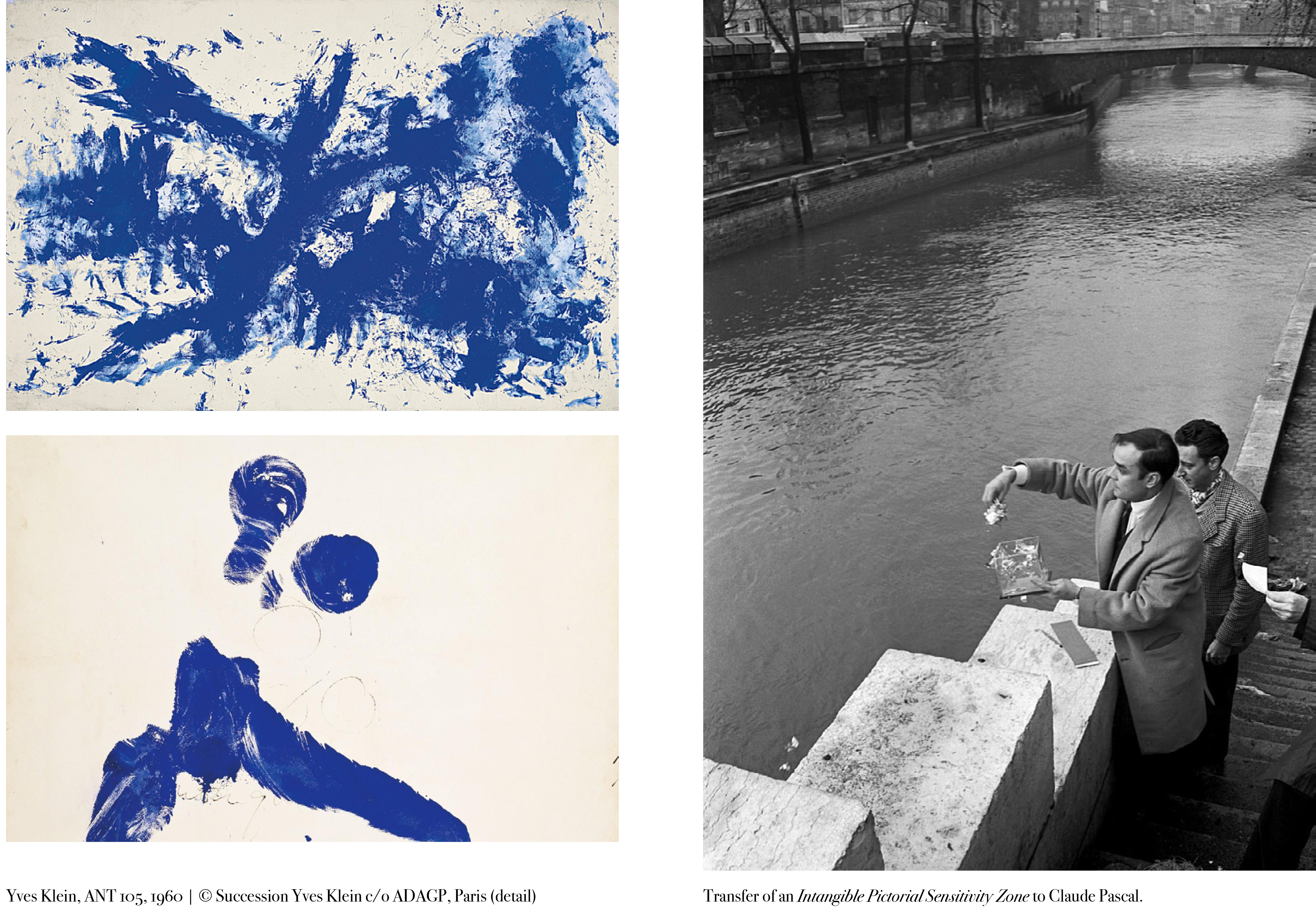
AN INTERVIEW WITH GABRIELA SALAZAR
by Abel Cervantes
Photos by Rogelio Reynoso,
Sybaris Collection Archive
GABRIELA SALAZAR was born in New York in 1981. Her work examines the relationship “between human-mad spaces and structures and the unpredictable or invisible forces (the shifting of land, the pressures of gravity, the passing and layering of time) that act upon them”. She has been an artist-in-residence in numerous programs including AIR, Abrons Art Center (2018), Open Sessions, The Drawing Center (2017), MacDowell (2009), and Yale-Norfolk School of Art (2002). In 2019 she collaborated with Sybaris Collection in an exhibition at Casa Nakasone, the new architectural piece by Escobedo- Soliz in Mexico City.
In her work, Salazar examines the modes and measures of knowledge that are transmitted,visibly and invisibly, via structure and stuff.
She approaches the built environment, her personal history, and material, as frameworks for site‑responsive installations, drawings, and sculpture that engage the relational and associative possibilities inherent in medium, architecture, the body, selfhood, and place. Throughout her practice runs a fascination with the phenomenology of site; the ways architecture is (mis)repurposed towards contemporary needs and uses; rule-making (and bending) as a strategy for uncovering idealizations and uncertainty in experience and expectations; and the large-and-small consequences of intentionality, ambition, limit, and failure.
The question is trying to discuss if its possible for a piece to get a new meaningeverytime they are displayed in a different place. Is it possible to think that pieces change their intrinsic value, when they are moved to a different context?
My work is often relational to its support or environment, and welcomes the intrusion of contextual associations and site-specific meanings. It’s very intentional in my practice; I am often looking to use forms and materials that have resonance with lived experience, with sensory or haptic memory. Like in the Hook Crook series, I am expecting the viewer to “feel” the handrailing-ness of the pieces, and it’s from the upending of that original feeling and expectation of support and touchability from that form that the piece gets its tension.
Does the piece have in other words, a semantic or meaning that can be different depending where is it exhibited?
Personally, I do think art (and especially sculpture) that is not made with sitespecificity in mind still cannot be seen apart from context, to some degree or another. But there is a difference when work is actively open to engaging in a conversation with its location(s).
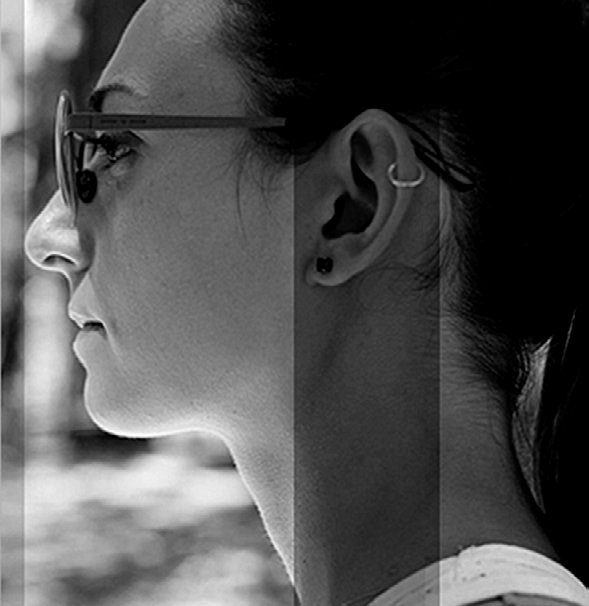

Can it get new meaning?
I like to believe that some of my works in fact mediate between their support (or location), and the viewer’s understanding of that space or support. I orchestrated the installation at Casa Nakasone from afar, through images of the site, and so in this way, too, the pieces mediate my own understanding and ability to experience that house, another country. When the works move to a gallery or other site, they carry their previous locations through the memories of those that saw them there, an audience that is extended through documentation.
What do you think the relation between Nakasone and the pieces could be? What new meanings could the piece get in this environment?
The Hook Crooks are a series that is meant to gather and disperse in different configurations and locations. Like a school of fish or a flock of birds, each piece is an individual (titled and numbered), but, when installed, it momentarily holds a place in a larger, moving, body. (The hooks themselves hold this place for the railing forms, which are interchangeable within the hooks.)
In the past, I’ve described the installation Hook Crook, Fair Foul as a library of possible actions. One could think of how a book carries its limited meanings within its covers, somewhat statically, but how in concert with other books and writings, that singular tome becomes a tool; in relation to other works, the single object can create something more, beyond itself. Each Hook Crook will always be a part of the larger body, even when separated.
You’ve reached the end of the trial article.
Buy our issue to continue reading.

